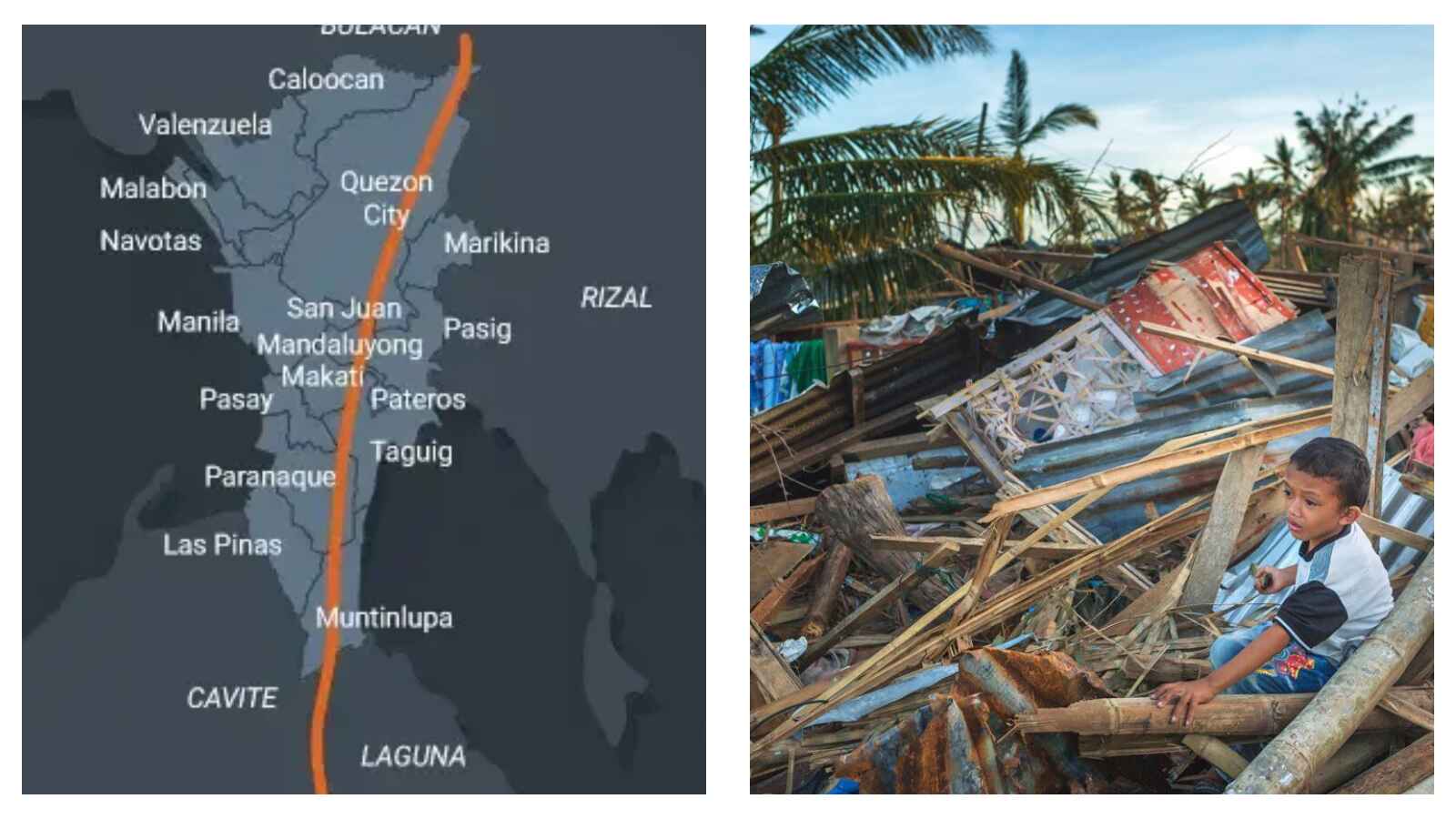By Angelica N. Hall
Following the devastating 7.7-magnitude earthquake that struck Myanmar and Thailand on March 28, talks surrounding the potential “Big One” have begun to resurface in the neighbouring Philippines, which is also located in the Pacific Ring of Fire.
In response, the Office of Civil Defense has urged Filipinos – particularly those on the island of Luzon – to stay prepared, warning that a powerful quake could strike at any time.
Warnings ensue
Office of Civil Defense Undersecretary Ariel Nepomuceno did not mince words as he urged citizens to prepare for the potential movement of the West Valley fault, which could trigger a catastrophic 7.2-magnitude earthquake and impact several cities and provinces in Luzon.
The event could lead to massive, widespread fires, panic and casualties in the busy, highly-populated National Capital Region, according to the The Philippine Institute of Volcanology and Seismology (PHIVOLCS).
In a report by ABS-CBN News on Wednesday, Nepomuceno revealed that the Big One could result in a death toll ranging from 30,000 to more than 50,000.
“We are not creating panic, we are trying to raise awareness and concern. Thirty to fifty thousand could die immediately – there’s no better way of saying it,” the undersecretary said in the news report.
According to Nepomuceno, the West Valley fault shifts approximately every 200 to 400 years. In another ABS-CBN News report it was noted that the year 2050 would mark the 200th year since its last shift.
Meanwhile, the Marikina West Valley fault, one of the segments of the larger West Valley, has not moved in 200 years.
Sufficient policies, struggle for enforcement
In the same report, Nepomuceno emphasised that the Philippines is not ready to deal with a quake of the magnitude of the one that struck Myanmar and Thailand, and that the country would need to keep up with earthquake preparedness.
Apart from the well-known “duck, cover, and hold” drill that Filipinos have been taught since grade school, the undersecretary also emphasized the importance of constructing houses, bridges, and buildings, especially schools and health centers, to be earthquake-resistant.
The World Risk Report in September 2024 revealed that the Philippines remained the world’s number one disaster-prone country with 46.91 points. The ranking was followed by Indonesia, with 41.13 points, and India, with 40.96.
YOU MAY ALSO LIKE: Global community responds to deadly earthquake in Myanmar

Despite this ranking, Civil Defense spokesperson Chris Bendijo stated in the same report that the government has sufficient policies in place for earthquake preparedness. However, he pointed out that the main challenge lies in their implementation, particularly at the local level, where compliance often falls short.
Bendijo emphasised the need for stricter enforcement, especially when it comes to the “issuance of building and occupancy permits.” He urged local government units (LGUs) to ensure that construction plans strictly adhere to the National Building Code.
Preparation is needed
He also highlighted the importance of going beyond regular earthquake drills, stressing the need for proactive preparedness measures even before a disaster occurs – an area where the Philippines, he admitted, still lags behind its Southeast Asian neighbours.
“We keep reminding our people about the other aspect of readiness—that is preparedness even before a disaster strikes—this is where we have a lot of catching up to do,” he stated in an interview with People’s Television Network (PTV).
“LGUs need to check whether the buildings are compliant to ensure their resilience. Our earthquake drills involving ‘duck, cover and hold’ will be useless if the buildings we are in collapse because they did not follow the building code.”
If properly enforced, Bendijo said, the existing standards of the National Building Code could significantly enhance the resilience of both private and public infrastructure against major earthquakes, including the “Big One.”
What can Filipinos do?
Apart from calling for the construction of more quake-resistant houses and infrastructure, Filipinos are also encouraged to take personal steps to mitigate the potential impacts of a major earthquake.
One important action that Nepomuceno suggested is to visit hazardhunter.ph, a government platform where individuals can check if their home is near a fault line or landslide-prone location. All they need to do is enter their address.
In addition, the American Red Cross recommends the “Drop, Cover, and Hold On” technique during earthquakes. This involves dropping to your hands and knees to avoid being knocked over, covering your head and neck, preferably under a sturdy table or desk, and holding on until the shaking stops.
It is also advised to prepare emergency supplies, including organizing a “Go-Kit” with three days’ worth of food, water, medicine, chargers and essential documents; a Stay-at-Home Kit with at least two weeks’ worth of supplies; and a Bed-Kit with items like sturdy shoes, a flashlight, a whistle, and a dust mask in case an earthquake occurs at night.
It stressed the importance of learning basic first aid and cardiopulmonary resuscitation (CPR), understanding how to turn off home utilities, and keeping a fire extinguisher on hand.
READ NEXT: ASEAN rejects trade war path, urges dialogue with US over Trump’s tariffs
